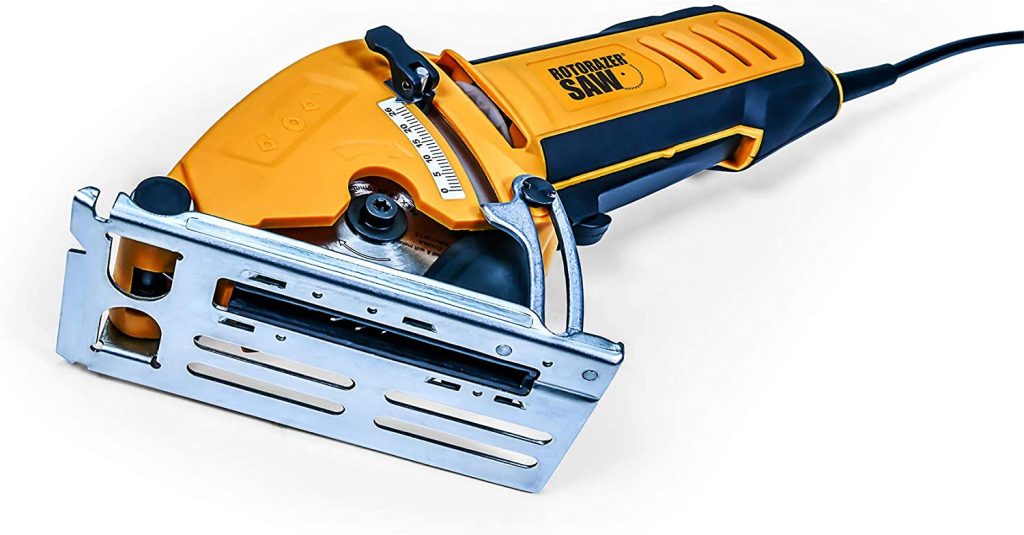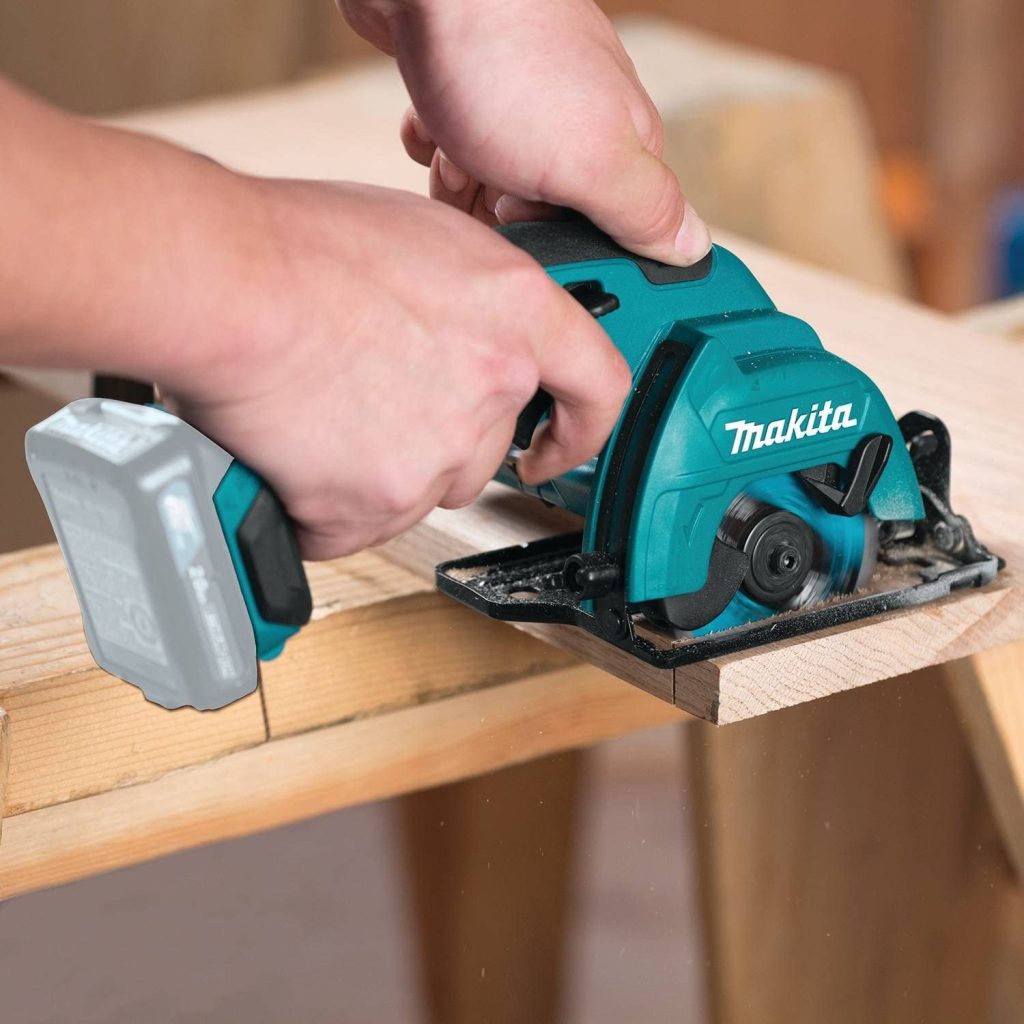In the ever-evolving world of power tools, circular saw blades continue to be refined, boasting advancements in durability, precision cutting, and material versatility. As 2025 dawns, the market offers a plethora of options, catering to both seasoned professionals and weekend DIY warriors. This comprehensive guide delves into the top 10 circular saw blades recommended for various cutting applications in the USA, equipping you with the knowledge to make an informed decision for your next project.
Understanding Circular Saw Blades:
Before diving into specific blade recommendations, let’s establish a foundational understanding of circular saw blades. These blades are the workhorses of circular saws, responsible for ripping, cross-cutting, and specialty cutting tasks. They are typically constructed from high-grade steel with carbide tips for enhanced longevity and cutting performance. Key factors influencing blade selection include:
Diameter: Measured in inches, the diameter determines the maximum depth of cut achievable with your circular saw. Common diameters include 7.25″, 8.25″, and 10″.
Number of Teeth: The number of teeth on the blade directly impacts the cut quality. Blades with higher tooth counts (60+) deliver smooth, fine finish cuts, while blades with fewer teeth (24-40) excel at ripping through thicker materials with a focus on speed over aesthetics.
Kerf Width: This refers to the width of the material removed by the blade during the cutting process. A thinner kerf translates to less material waste and potentially cleaner cuts.
Arbor Size: The arbor size refers to the central hole of the blade that mounts onto the saw’s arbor shaft. Ensure the blade’s arbor size matches your circular saw for proper installation.
Top 10 Circular Saw Blades for the USA in 2025:
Having established the fundamentals, let’s explore the top 10 circular saw blades dominating the US market in 2025:
Freud D1050X Diablo 10-Inch 50-Tooth Saw Blade (Around $45):
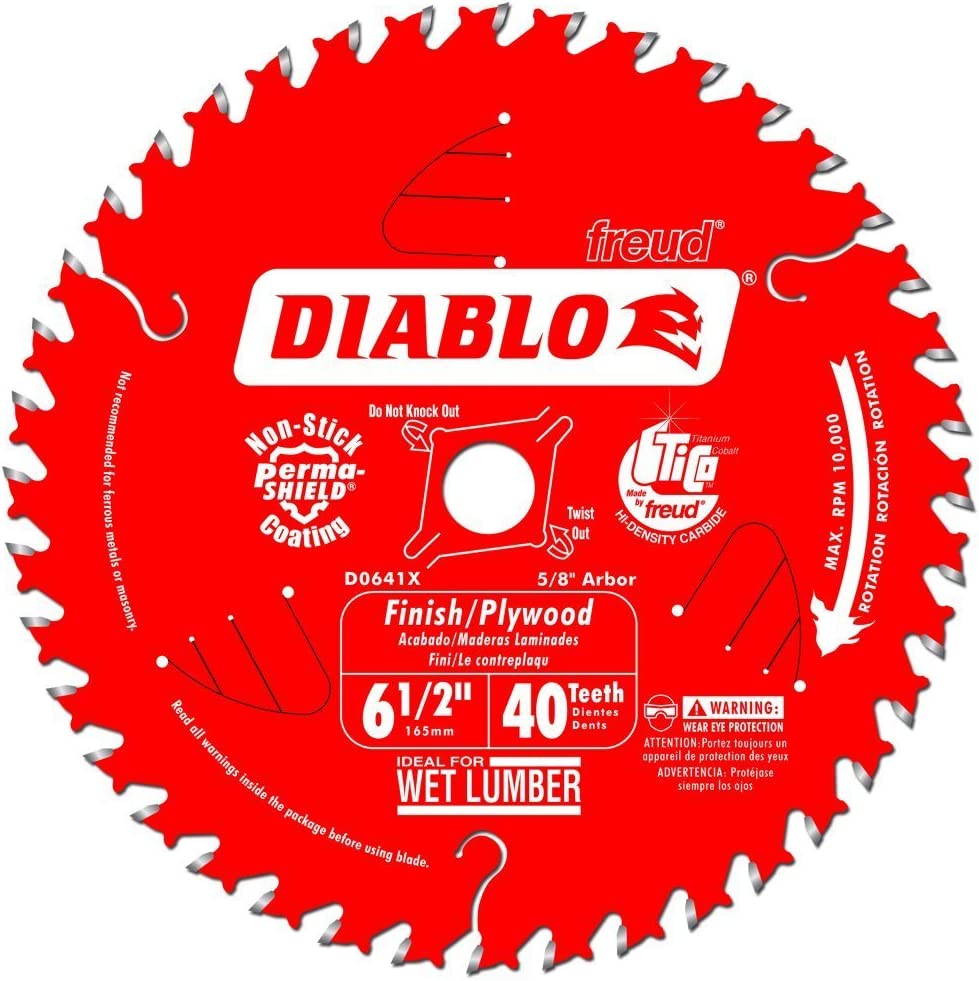
This multi-purpose champion reigns supreme for its ability to excel at both ripping and cross-cutting tasks. Featuring laser-cut stabilizer vents for reduced vibration and heat expansion slots for minimal blade warping, the Freud D1050X delivers smooth, clean cuts across various wood types.
Reviews: Praised for its versatility, clean cuts, and minimal chipping, user reviews highlight the Freud D1050X as a reliable workhorse for general carpentry projects. Some users reported a slightly higher price point compared to some competitors.
Pros: Multi-purpose, clean cuts for ripping and cross-cutting, laser-cut stabilizer vents, heat expansion slots.
Cons: Slightly higher price point compared to some competitors.
TWIN-TOWN 8 1/4-Inch 60-Tooth Saw Blade (Around $30):
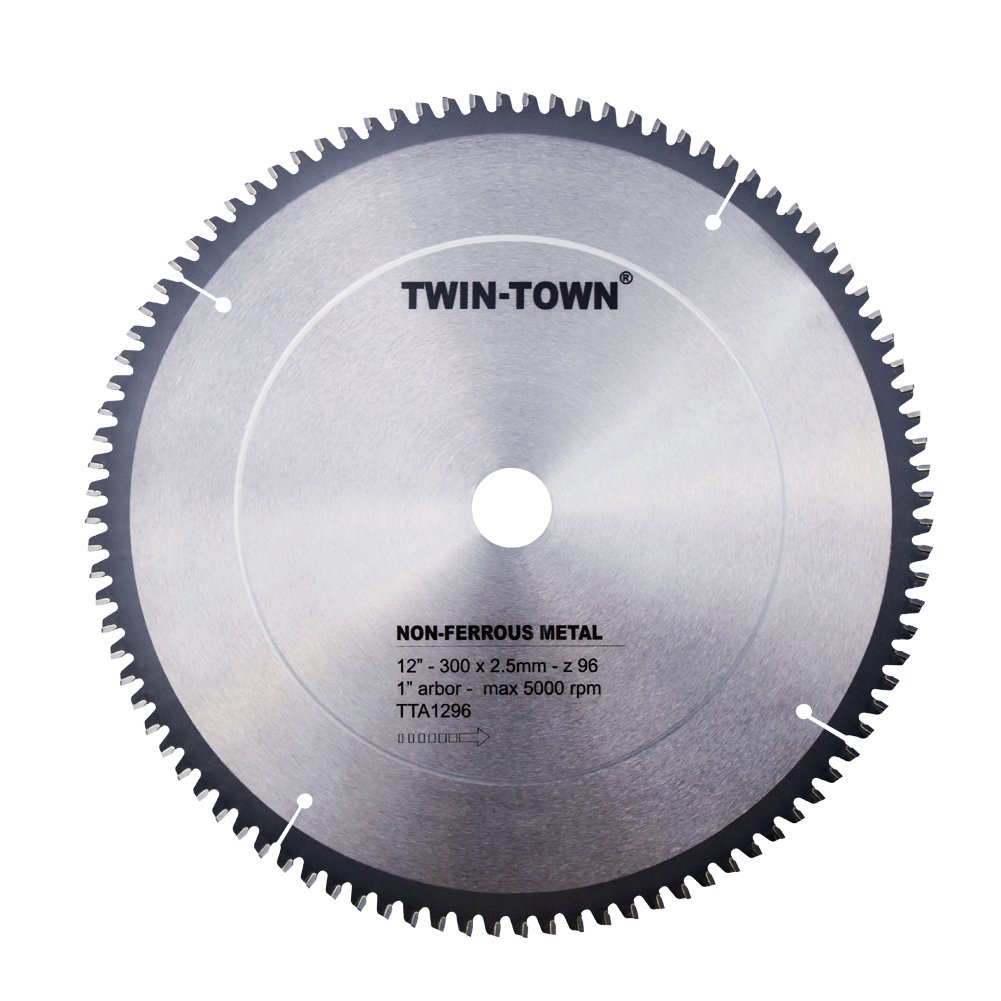
This budget-friendly option shines for cross-cutting applications. Its triple-chip grind ensures a smooth cutting experience, while the non-stick coating minimizes resin buildup for continued efficient cutting.
Reviews: Users appreciate the affordability and clean cross-cutting performance of the TWIN-TOWN blade. Some reviews mentioned limitations in ripping thicker materials compared to blades with lower tooth counts.
Pros: Affordable, clean cross-cuts, triple-chip grind, non-stick coating.
Cons: Limited ripping capability compared to lower tooth count blades.
COMOWARE 7 1/4-Inch 40-Tooth Saw Blade (Around $25):
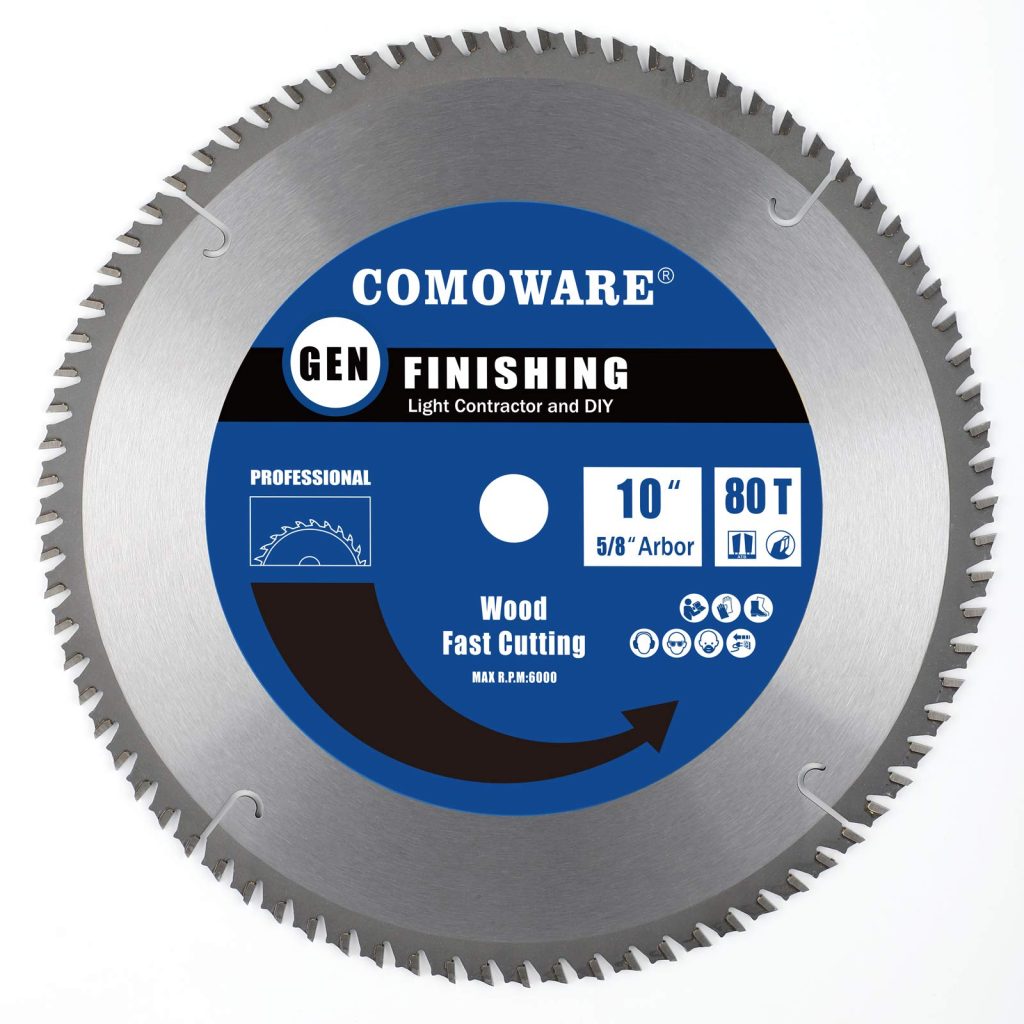
Designed with fine ripping in mind, the COMOWARE blade boasts high-quality carbide-tipped teeth and a durable build for extended service life. This blade is ideal for projects requiring precise ripping cuts in thinner to medium-density wood.
Reviews: Users commend the COMOWARE blade for its effectiveness in ripping tasks, particularly for its price point. However, some reviews noted a tendency to chip with thicker hardwoods.
Pros: Affordable, excellent for fine ripping, carbide-tipped teeth, durable construction.
Cons: Tendency to chip with thicker hardwoods.
BOSCH DCB624 Daredevil 6 1/2-Inch 24-Tooth Saw Blade (Around $50):
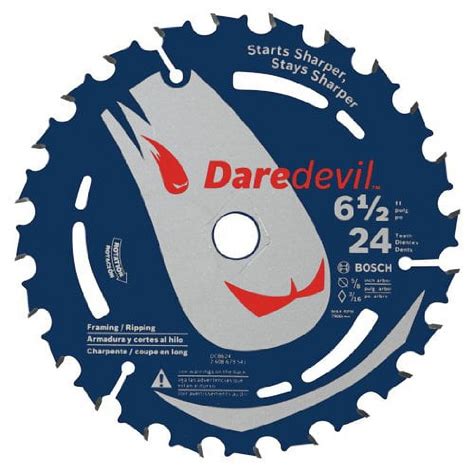
Known for its prowess in tackling tough materials like oak, the BOSCH Daredevil is a favorite amongst professionals. This blade features high-performance carbide teeth designed for ripping durability.
Reviews: Professional users particularly value the BOSCH Daredevil’s ability to handle heavy-duty ripping tasks with ease. Some DIY users reported challenges in achieving clean finish cuts due to the lower tooth count.
Pros: Durable, ideal for ripping tough materials, high-performance carbide teeth.
Cons: Limited for fine finish cuts due to lower tooth count.
Overpeak 10-Inch 40-Tooth Saw Blade (Around $35):
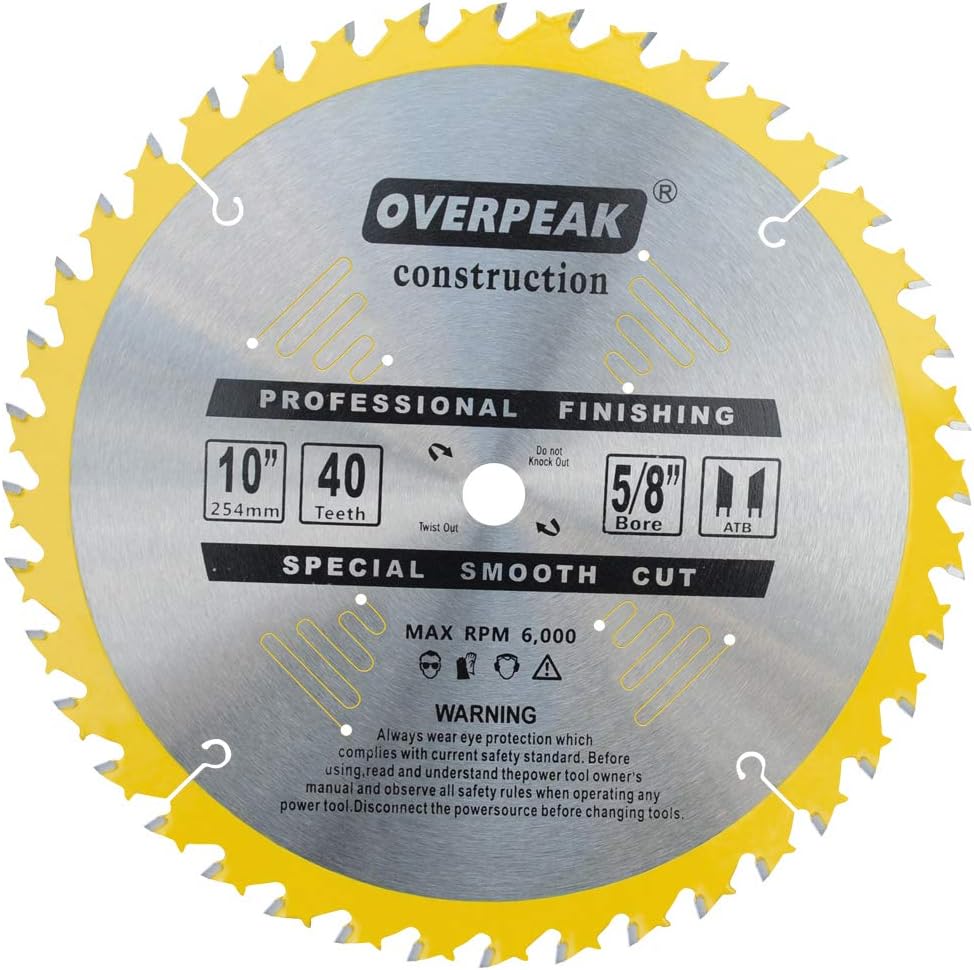
Offering versatility for various cutting tasks, the Overpeak blade features a thin kerf for reduced material waste and a non-stick coating for smooth cutting action. This blade is a good all-rounder for both ripping and cross-cutting.
Reviews: Users appreciate the Overpeak blade’s balance of cutting performance and affordability. Some reviews mentioned potential chipping issues with harder wood types.
Pros: Versatile, thin kerf, non-stick coating, affordable.
Cons: Potential chipping with harder wood types.
Whirlwind USA MGSB 5 3/8-Inch 30-Tooth Saw Blade (Around $20):
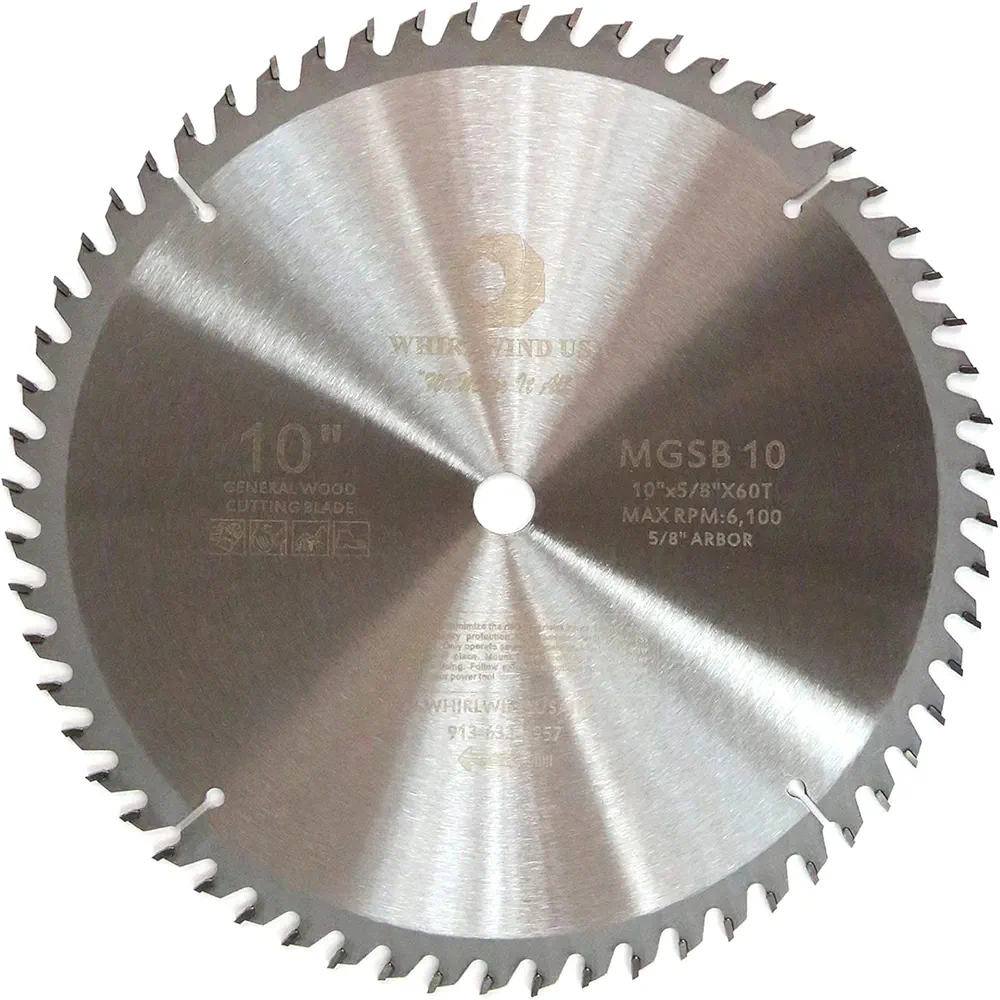
This compact blade is perfect for small-scale cutting projects. Its 30-tooth design provides precise cuts and is ideal for detailed work.
Reviews: Users value the Whirlwind blade’s precision and affordability for smaller projects. Some reviews noted limitations in handling thicker materials due to its smaller diameter.
Pros: Precise cuts, affordable, ideal for smaller projects.
Cons: Limited for thicker materials due to smaller diameter.
Metal Cutting Blades:
IRWIN 4935559 Metal-Cutting Blade (Around $25):
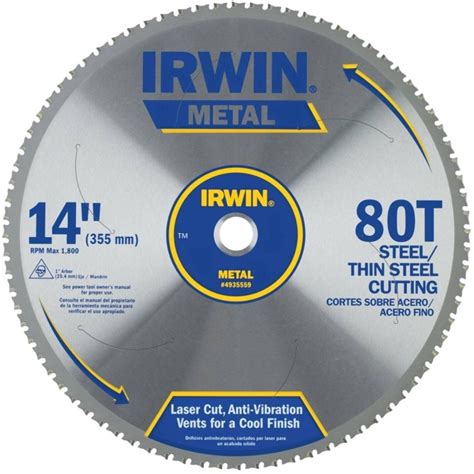
This blade is specifically designed for cutting metal and other tough materials. Its carbide-tipped teeth ensure long-lasting performance and efficient cutting.
Reviews: Users appreciate the IRWIN blade’s durability and cutting efficiency on metal. Some reviews mentioned the importance of using appropriate cooling techniques to prevent overheating.
Pros: Durable, efficient metal cutting, carbide-tipped teeth.
Cons: Requires cooling techniques to prevent overheating.
DEWALT DWA7747 Heavy Gauge Metal Cutting Blade (Around $30):
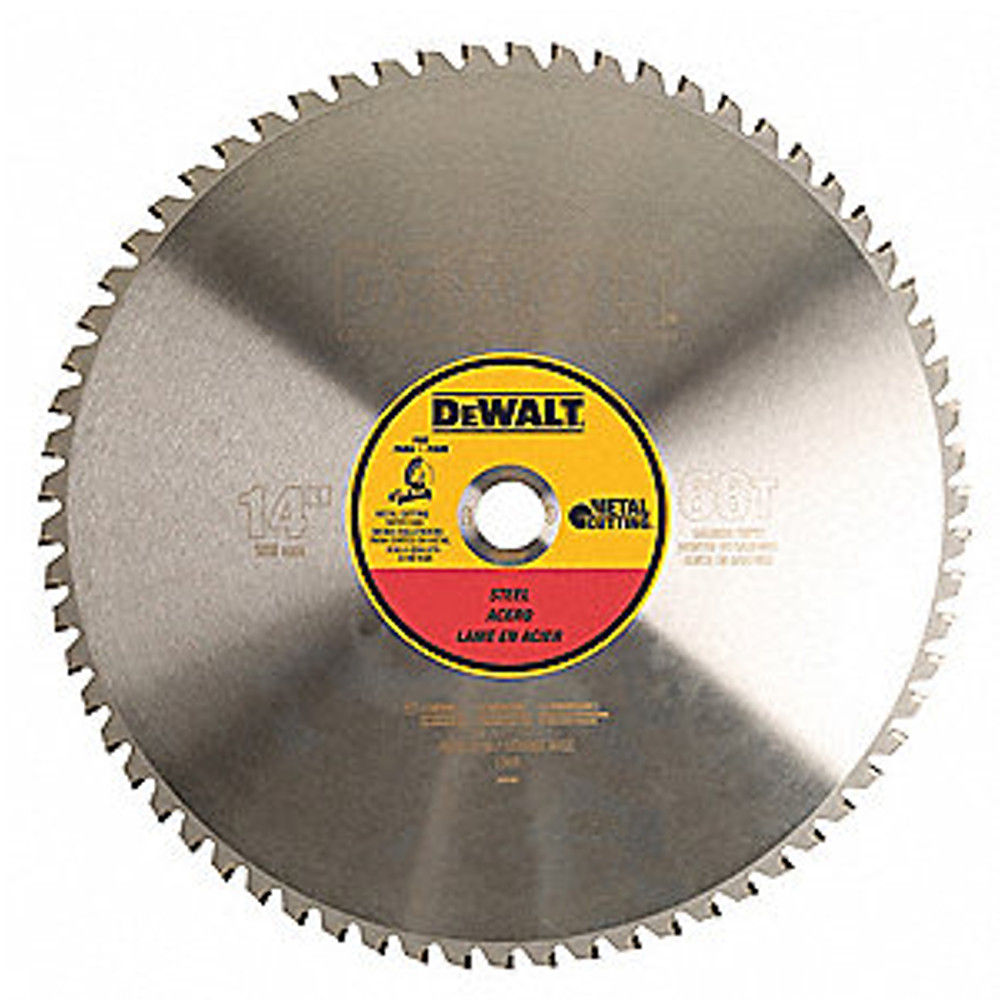
This heavy-duty blade is built to handle tough metal cutting tasks. Its robust construction and carbide teeth provide clean cuts and extended blade life.
Reviews: Users praise the DEWALT blade’s durability and cutting performance on heavy-gauge metal. Some reviews noted the importance of using the appropriate cutting speed and pressure for optimal results.
Pros: Durable, clean cuts on heavy-gauge metal, carbide teeth.
Cons: Requires appropriate cutting techniques for optimal performance.
Evolution Power Tools 230 Stainless Steel Cutting Blade (Around $50):
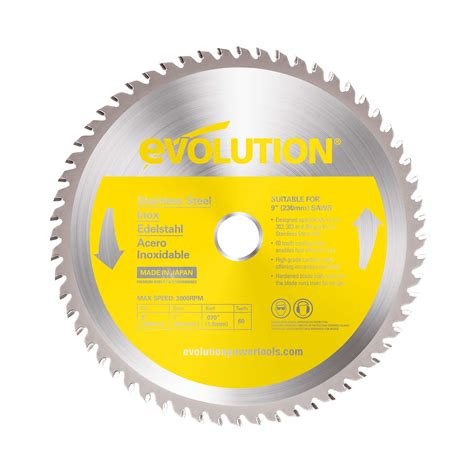
This specialized blade is designed for cutting stainless steel and other difficult-to-cut metals. Its carbide teeth provide smooth and rapid cuts.
Reviews: Users value the Evolution blade’s ability to cut stainless steel efficiently. Some reviews mentioned the importance of using proper cutting techniques and cooling to prevent blade damage.
Pros: Efficient stainless steel cutting, carbide teeth, smooth and rapid cuts.
Cons: Requires proper cutting techniques and cooling to prevent blade damage.
Freud Diablo Steel Demon 10-Inch Saw Blade (Around $50):
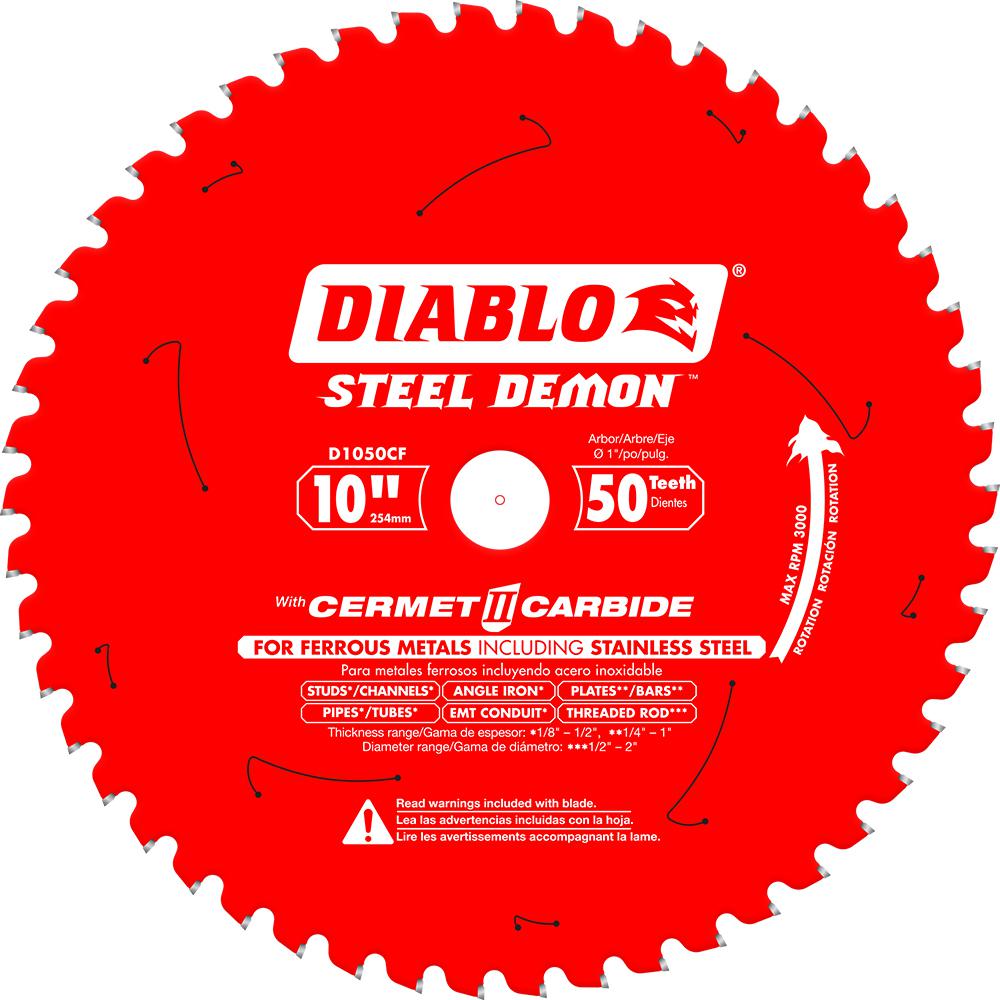
This blade is renowned for its durability and precision. It is a versatile option for a variety of metal cutting tasks, including steel, aluminum, and ferrous metals.
Reviews: Professionals and DIY enthusiasts alike praise the Freud Diablo Steel Demon for its cutting performance and longevity. Some reviews mentioned the importance of using proper cutting techniques and blade speed for optimal results.
Pros: Durable, precise cuts on various metals, versatile.
Cons: Requires proper cutting techniques and blade speed for optimal performance.
Choosing the Right Blade:
When selecting a circular saw blade, consider the following factors:
Material to be cut: Different materials require blades with specific tooth configurations and materials.
Cutting technique: Ripping, cross-cutting, and specialty cuts demand different blade types.
Desired cut quality: The number of teeth and blade sharpness influence the smoothness and precision of the cut.
Blade diameter: Ensure the blade diameter is compatible with your circular saw.
Arbor size: The arbor size must match your saw’s arbor shaft.
By carefully considering these factors and referring to the top 10 blades discussed in this guide, you can make an informed decision that will enhance your cutting projects and ensure optimal results.
Additional Tips for Circular Saw Blade Selection and Usage:
Blade Sharpness: A dull blade can lead to poor cutting performance, increased effort, and potential damage to the material. Regularly inspect your blade for sharpness and replace it when necessary.
Blade Storage: Proper storage is crucial to maintain blade longevity. Store blades in a dry, clean place, preferably in a protective case to prevent damage to the teeth.
Cutting Techniques: Employ proper cutting techniques, such as maintaining steady pressure and avoiding excessive force, to maximize blade life and achieve clean cuts.
Cooling: For prolonged cutting sessions, especially when working with metal, use a coolant to prevent blade overheating and maintain optimal cutting performance.
Safety First: Always wear appropriate safety gear, including eye protection, hearing protection, and gloves, when using a circular saw.
Conclusion:
By understanding the key factors influencing circular saw blade performance and carefully considering the top 10 blades discussed in this guide, you can make informed decisions to enhance your woodworking and metalworking projects. Remember to prioritize safety, proper blade maintenance, and appropriate cutting techniques to maximize the lifespan of your circular saw blades and achieve exceptional results.

